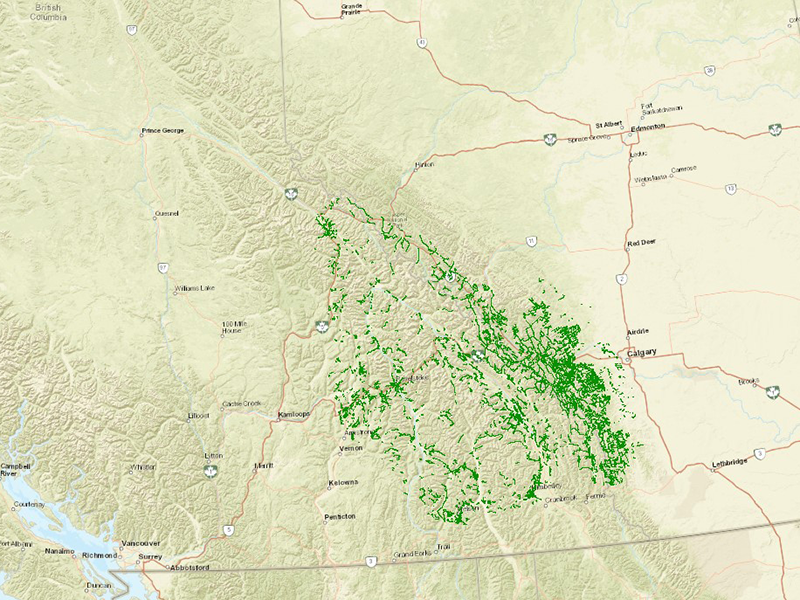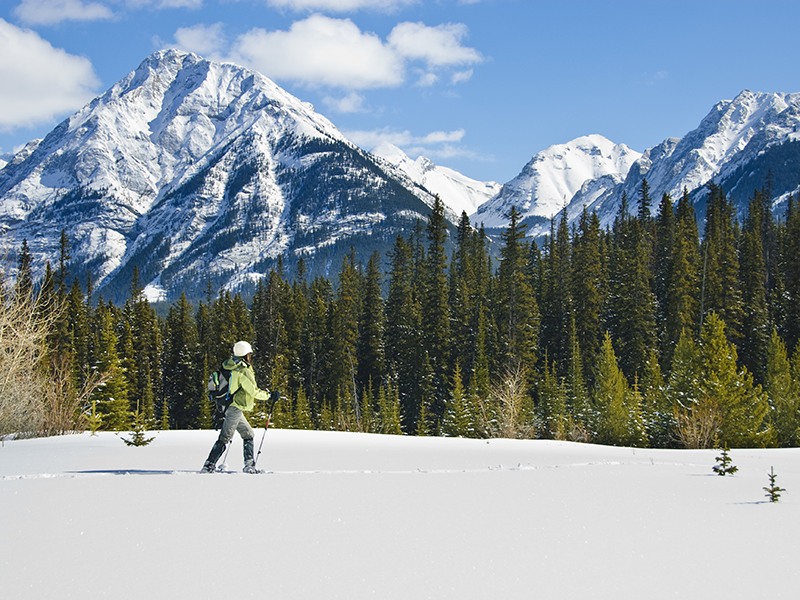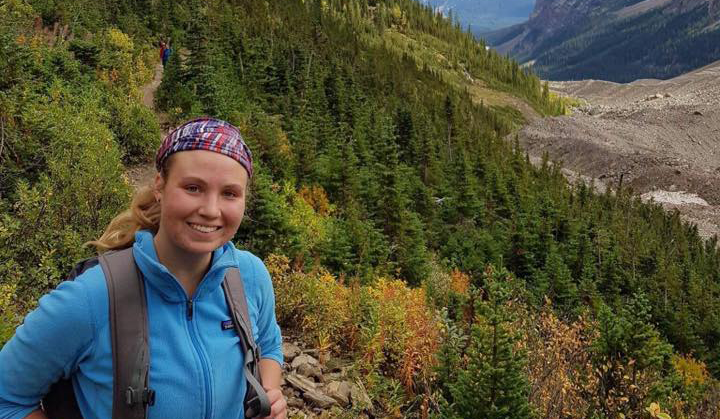An internship experience mapping recreation in the Yellowstone to Yukon region
Megan Szojka was a Y2Y conservation science-BRITE (Biodiversity Research: Integrative Training and Education) intern. She is an avid hiker and road cyclist who has enjoyed the privilege of living and playing in the Yellowstone to Yukon region the past few years.
Megan’s internship allowed her to work where ecological theory and conservation action meet. Here, she recounts her experience as a Y2Y intern in the fall of 2020.
As an ecologist, I’ve worked in many beautiful landscapes, including South Africa’s West Cape Fynbos, Yukon’s St. Elias Mountains, and California’s serpentine grasslands. I completed my Masters in Science in August 2020 through the Zoology program at University of British Columbia-Vancouver.
I am motivated by conservation action and intellectually interested in theoretical frameworks; yet within academia I have had trouble meeting this balance. Y2Y shares these values through implementing science-based frameworks for land conservation and is an organization with an incredible track record for successful action.
My goals going into this internship were to learn how an environmental non-governmental organization (eNGO) operates, discover if working at Y2Y could be a career path that aligns with my purpose, and contribute to a conservation project in a region close to my heart.
“In my opinion, Y2Y perfectly exemplifies how collaboration is one of the most powerful tools in advancing science and protecting ecosystems.”
Megan Szojka
As a Y2Y conservation science intern, I worked with Dr. Karine Pigeon and Dr. Aerin Jacob on recreation ecology in the Canadian portion of the Yellowstone to Yukon region – across the Canadian Rockies from Kananaskis, Alberta to the Upper Columbia River region in B.C. In managing an enormous dataset, I compiled information from a range of sources including fitness app user data – for example, Strava, Trailforks and AllTrails – and provincial government trail monitors.
I also learned more about conservation mapping by finding existing computer programs that identify areas to focus on within vast trail networks. I created a protocol for using these programs that will continue to be implemented in the recreation ecology project.

Advancing conservation through collaboration
The staff and leadership at Y2Y are wholeheartedly dedicated to their mission. In my opinion, this organization perfectly exemplifies how collaboration is one of the most powerful tools in advancing science and protecting ecosystems.

Working at Y2Y has opened more opportunities for my career path, as I now know that working at science-based eNGO would fulfil my intellectual interests and fuel my passion to protect nature from anthropogenic threats. I would collaborate in the future with these researchers at the drop of a hat and am proud to have played a significant role in the recreation project.
I grew up close to these study sites and have had the opportunity to work and play in the Canadian Rockies throughout my life – an experience I share with thousands of other people.
As our world changes and more people recreate in these regions, my role in protecting them has empowered me to continue forging the connections between management decisions and coexistence between humans and wildlife.
In light of Covid-19 regulations, this internship was conducted remotely.


